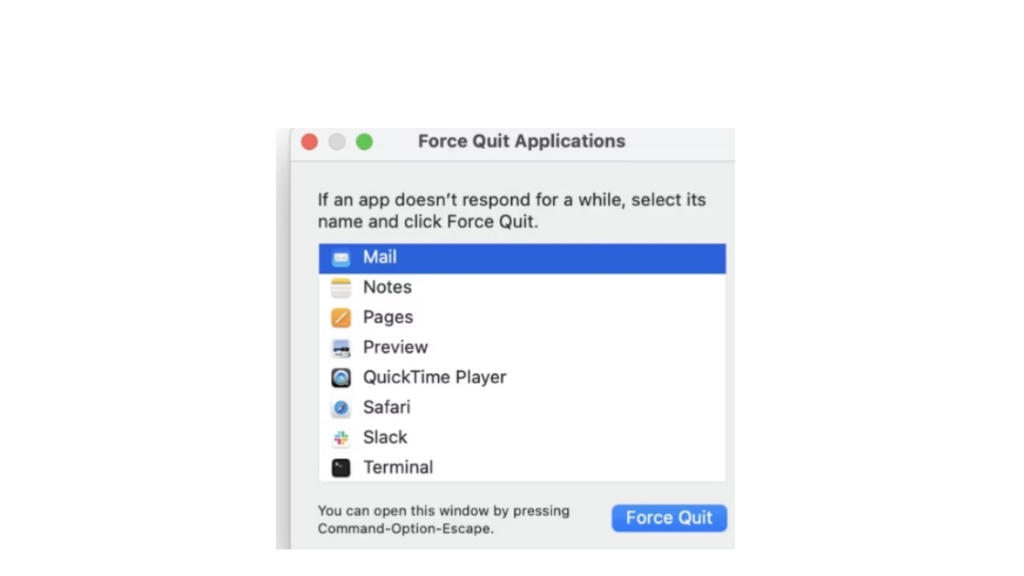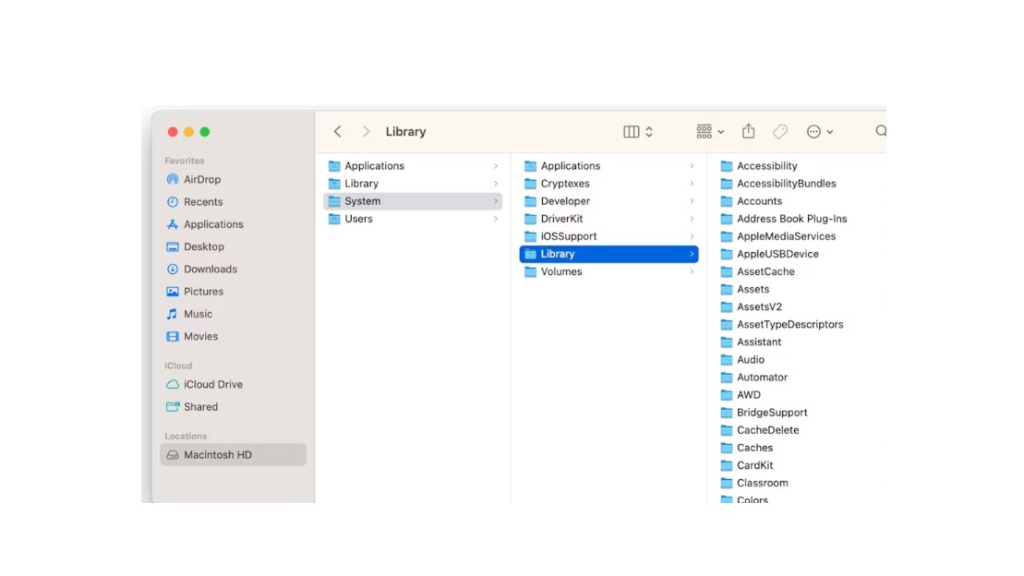Table of Contents
We’d like to share a terrifying scenario with you, which happens to all Mac users: you’re working on a critical task when all of a sudden your Mac freezes totally and you are unable to click anything!

Yes, it can occur with any Mac, but it doesn’t happen frequently or to everyone. This post will explain the common causes of frozen Mac screen and provide really easy solutions to help you get it back up and running.
What Causes a MacBook to Freeze?
Your MacBook may freeze for several causes, and the issue may manifest itself in a variety of ways (such as the inability to do anything). For instance, you could witness the notoriously spinning beachball. If so, you probably won’t be able to click anything on the screen, but you will be able to move the pointer about. An even more uncommon situation is when the system is stuck and you are unable to move the cursor.
Let’s go over the possible causes of your Mac freezing:
- An application that hung
- A recently installed driver or extension
- Malfunctioning mouse or keyboard
- Malware
How to Get Rid of a Frozen Mac Screen
To repair your frozen Mac screen, follow the instructions in this article. Your Mac will be unfrozen and operational once again with our assistance.
1. Force Quit Applications

It can be only a temporary issue if an application has hung. Thus, give it a minute or two and check whether your Mac starts up again. You’ll have to end the application abruptly if not. There are several ways to accomplish this:
- To force quit a program, press Command-Option-Esc, choose it from the Force Quit dialogue, and click Force Quit.
- If the program only offers a Quit option, hold down the Option key while performing a right-click on its Dock icon to select Force Quit.
- Select Force Quit from the Apple menu, click Force Quit, pick the application from the Force Quit window, and press Force Quit.
- Try forcing the termination of other programs if the issue persists after force-quitting the current one.
2. Restart Your Mac.
One of the most basic yet useful troubleshooting steps for many problems, including a frozen Mac screen, is to reboot your Mac.
Here are instructions to restart your Mac:
- To avoid data loss, save any open projects or documents before resuming.
- In the upper-left corner of your screen, click the Apple logo.
- Select Restart from the option that drops down.
- To restart, click the Apple symbol and choose.
- Permit your Mac to completely shut down and restart.
- Your Mac shouldn’t freeze after it has restarted.
3. Disconnect Peripheral Devices
As previously stated, these peripherals might occasionally cause Mac to freeze. Turn down your Mac and unplug all of your peripherals to see whether that’s the case. This includes your mouse, keyboard, second screen, printer, etc. Press the power button once again to restart your Mac, then watch to see if it freezes once more.
Try attaching each peripheral device individually to see if you can identify which one is causing your Mac to freeze if everything is functioning as it should.
4. Mac Forced Shutdown
Even though you should only use this option as a last resort, it can work well if all other attempts have failed and your computer is entirely unresponsive. Your Mac will instantly lose power during a forced shutdown, ending all open applications and perhaps fixing the problem that resulted in the freeze.
Use these instructions to forcibly stop and restart your MacBook:
- Press and hold the power button for around ten seconds. A click sound can be audible, and the screen should become dark.
- After pressing, release the power button.
- Allow your MacBook to finish shutting down.
- To restart your MacBook, press the power button again.
5. Delete Problematic Apps
We advise removing any apps that are causing your Mac to freeze. Ultimately, you may get it from the developer’s website or the App Store and install it at a later time.

Drag the application to the Trash by going to the Applications folder. But keep in mind that deleting an application’s binary file does not install the app. It leaves behind bits that might cause trouble later on. Therefore, to be confident that a program has been deleted entirely, you will also need to look for any remnant files. It starts with the Library folder and needs to be done carefully.
6. Update the Software (Applications and macOS)

A software error may occasionally cause your Mac to freeze. It can be a bug in a specific software or a macOS feature. Therefore, updating your software makes sense.
Check for macOS updates first:
- Select System Settings > General from the Apple menu by clicking on it.
- Next, select “Software Update” Install any available updates. Make sure the automatic update is enabled while you’re there.
- Update your applications now. Check for updates by opening the App Store app. Install if any are accessible.
7. Proceed to Restart in Safe Mode
You may identify if a program or extension is the cause of your Mac freezing by booting it into safe mode. It is a unique boot that just loads necessary macOS files and carries out some troubleshooting. If your Mac does not crash during a safe boot, it can indicate that an extension or software is the issue.
Various Mac processors require various methods to boot into safe mode.
Intel-Powered Mac
- After turning off your Mac, pause for ten seconds.
- Toggle the Shift key and restart your Mac.
- As soon as the login box appears, release the Shift key.
Mac Using Apple Silicon
- Turn off your device and give it ten seconds.
- Hold down the power button until the window with the startup options appears.
- Pick the startup disk.
- Click Proceed in Safe Mode after pressing the Shift key.
- Turn off the Shift key.
8. Use Disk Utility to Fix the Disk
Fix the startup disk if the Mac freezes due to a problem with it. Thankfully, there’s an inbuilt tool that can assist you. This is how to apply it:
- Open Disk Utility by going to Applications > Utilities.
- Click First Aid in the toolbar after selecting your boot disk in the sidebar.
- Update your applications now. Open the App Store app to see if there are any updates.
- Install any that are accessible.



